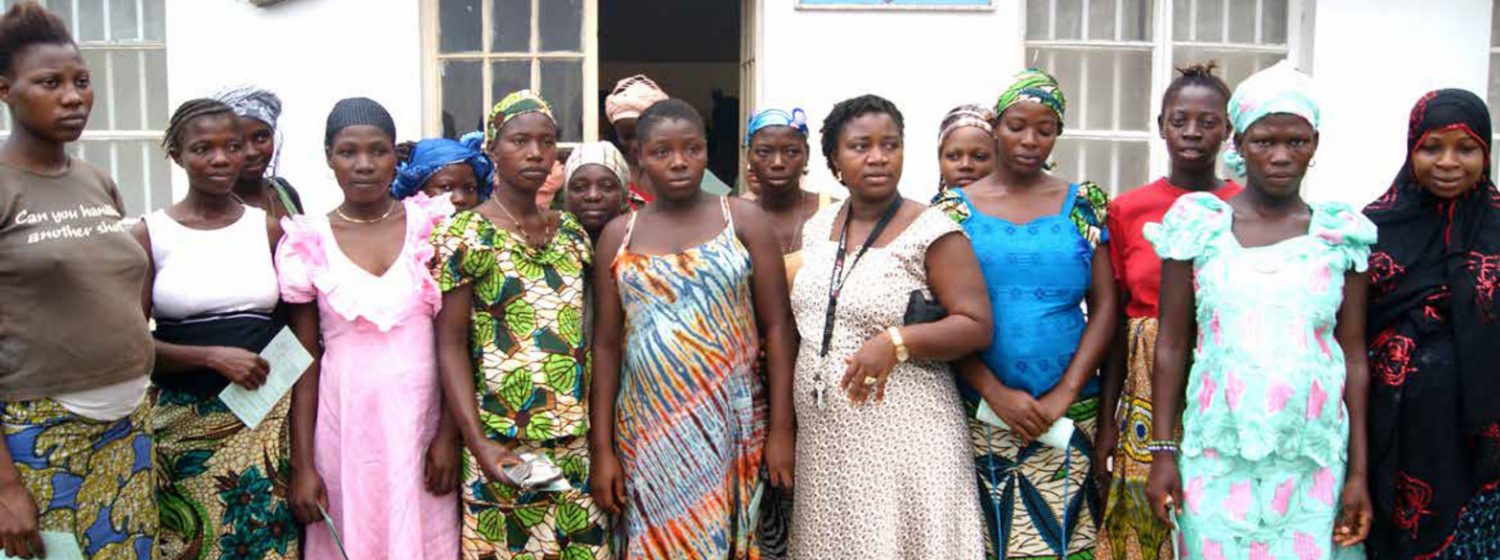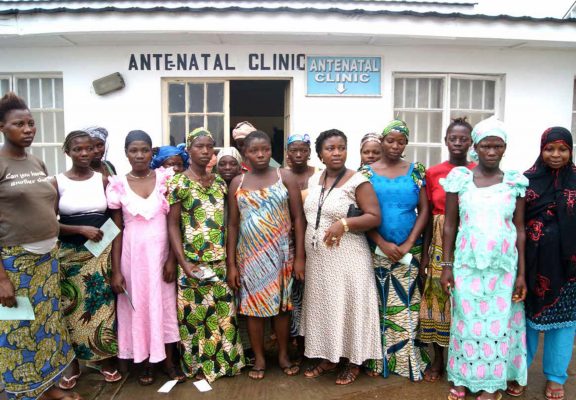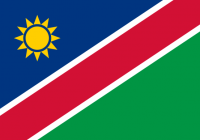


Namibia
Namibia, a country in southwest Africa, is distinguished by the Namib Desert along the Atlantic Ocean coast. The country is home to diverse wildlife, including a significant cheetah population. Its population is 2 million people and GDP per capita of USD 5,693.
Namibia is an upper-middle-income country, and is the second-most sparsely populated country in the world. Vast distances between communities in the country weigh down on health systems and limit access to health services. Social inequalities in the country increase the likelihood of higher-risk sex behaviour and vulnerability to HIV infection. While HIV prevalence in the country remains high at about 12 percent, the country has registered a marked decline in new HIV infections. The Global Fund investments in the country’s HIV program support community-based prevention, treatment and care. TB is also a major public health problem, and the country has the fourth-highest TB incidence rate in Africa. Global Fund efforts provide the expansion of technical assistance for the National TB Control Program. Namibia is moving toward pre-elimination of malaria and has seen a significant decrease in malaria cases in recent years. Global Fund partnership grants contribute to strengthening malaria control and response.
AHO PRIORITIES FOR HEALTH DELIVERY PLAN IN NAMIBIA
- Managerial capabilities and efficiency of AHO technical cooperation.
- Healthy lifestyles, including safe sex, physical activity, a healthy diet, prevention of violence, avoidance of smoking and drugs, and the general practice of healthy behaviours.
- Research initiatives for financing health care.
- Expansion and improvement of the quality of family planning services counselling and general services
- Gender policies and activities, competence of management and support services, and physical facilities and equipment.
- Health sector reform, and the organization, management, financing, and delivery of health services.
- Disaster preparedness, with an emphasis on disaster planning and simulation exercises.
- Maternal and child health, with emphasis on reducing maternal mortality to under 10 deaths per 10,000 live births; reduction of perinatal mortality; and the elimination of poliomyelitis and measles.
- Oral health, with an emphasis on public education and monitoring of the Salt Fluoridation Project.
- Integration of mental health into primary care services.
- Public education and nutrition surveillance geared toward improving nutritional status and prevention of chronic diseases, targeting mainly diabetes and hypertension.
- Veterinary public health, with an emphasis on food-borne disease surveillance.
- Environmental health, with an emphasis on improving drinking water and reducing air pollution.
- Environmental quality and improvements in health and human welfare, with an emphasis on monitoring water management, excreta disposal, vector control, marine pollution, and workers health.
- Occupational/workers health.
- Enhancement of excreta/sewage/solid wastes disposal.
- Involvement of nongovernmental organizations in health and epidemiological surveillance, particularly with regard to STD, HIV, dengue, hepatitis B, typhoid and food-borne diseases, tuberculosis, Hansen’s disease, and cholera.
- Human resources development and planning, training the capacities of tertiary institutions, and program planning.
PROGRAMMES & PROJECTS
1. HEALTH SERVICES AND S YSTEMS DEVELOPMENT
PURPOSE
To strengthen the Ministry of Health in the performance of essential public health functions (EPHF) and to gather information supporting the development and implementation of evidence-based policies.
EXPECTED RESULTS
- Evidence-based policies, norms, guidelines and standards formulated for relevant health services.
- New appropriate HR management approaches strengthened, developed, and implemented.
- Support provided for the expansion and reorganization of AHO information systems (HIS) at the national and subnational levels .
- Partnerships forged for effective health input into social, economic, environmental, and developmental policies.
- Project coordination, monitoring, and evaluation system established for technical cooperation in HSSD.
- Support provided to the family health program through in-service training, social mobilization, and
- The strengthening of health services at subnational levels.
2. PROMOTION OF HEALTH AND DISEASE PREVENTION AND CONTROL
PURPOSE
To implement health promotion strategies and improve prevention and control programs
EXPECTED RESULTS
- Advocacy undertaken and partnerships forged to ensure provision of political, technical, and financial support for health promotion, prevention, and disease control.
- Planning, coordination, monitoring and evaluation system established for technical cooperation in health promotion and disease prevention and control.
- Evidence formulated for promoting health and disease prevention, considering different stages of the lifecycle, gender issues, and equity.
- Human resources developed and strengthened in the areas of health promotion and disease prevention and control (capacity building).
- Preventable immune disease programs optimized.
3. ENVIRONMENTAL HEALTH AND DISASTER MANAGEMENT
PURPOSE
To develop and implement strategies to enable the health sector, in cooperation with other sectors, to achieve safe, sustainable, and health-enhancing physical and human environments.
EXPECTED RESULTS
- Advocacy undertaken and partnerships forged to provide political, technical, and financial support for safe, sustainable, and health-enhancing physical settings.
- Policies, norms, and standards formulated in the areas of physical environment, services and systems, settings and population in order to promote equity, prevent disease, reduce vulnerability to disasters, and improve quality of life.
- Support provided to the health sector in human resources development.
- Capacities strengthened in environmental health and disaster management in order implement strategies and action plans.
- Impact assessment undertaken of technology options and operational methodologies for environmental health and disaster management.
- Planning, coordination, monitoring and evaluation system established for technical cooperation in environmental health.
4. COORDINATION OF PROGRAMMES SUPPORT
PURPOSE
To ensure greater efficiency and effectiveness in the delivery of health services and technical cooperation and to other stakeholders
EXPECTED RESULTS
- Planning, coordinating, monitoring, and evaluating systems established for technical cooperation.
- Knowledge and skills of staff and infrastructure of representation improved.
- The capacity of the Representation strengthened to reduce its vulnerability to natural disasters.
RESOURCES (USD)
AHO NAMIBIA 2020 (USD million)* based on 2017 pop 2.534 million World Bank
| SO | BUDGET ITEM | AMOUNT* |
| 1 | Combating communicable diseases |
50 |
| 2 | Tackling non communicable diseases |
53 |
| 3 | Addressing determinants of health & risk factors |
40 |
| 4 | Modernising health system and health service |
40 |
| 5 | Improving preparedness, surveillance and response |
30 |
| 6 | Developing good governance & corporate services |
40 |
| Total |
253 |
AHO estimates that it needs to spend at least USD100 per capita on health to meet the basic health needs of the people in Africa. This is too far below developed countries e.g. in England it is US$1,300 per capita (2017)

